
A well-defined salary range is more than a compensation management tool-It’s a crucial part of creating a successful approach to managing talent. By balancing fairness and competitiveness, salary ranges help attract top talent, boost retention, and enhance job satisfaction, setting organizations up for sustained success.
For HR leaders, developing these ranges requires in-depth market research, benchmarking, and a sharp focus on internal equity to ensure a balance between staying competitive and maintaining fiscal responsibility.
In this article, we’ll dive into the essence of salary ranges, why they matter to both current and potential employees, and the challenges employers may face during its implementation.
A salary range is a range in salary structures of employees that defines the minimum, midpoint, and maximum salary a particular job position offers. It acts as a benchmark for both employees and employers, providing a transparent roadmap meeting compensation expectations tied to job responsibilities, experience, and competition with the market average.
Salary ranges are influenced by factors such as:
Industry standards: Average salaries in similar job positions.
Geographic location: Cost of living and average salary requirements, vary regionally.
Experience and education: Variations in qualified applicants.
Internal equity: Ensuring fairness among current employees.
In regions with pay transparency laws, salary ranges are now being included in almost all job postings, enabling potential employees to assess whether a company’s compensation aligns with their salary expectations.
Salary ranges are an essential compensation management tool for employees seeking clarity on their current salaries. Here’s how they utilize them:
Employees use these ranges to compare their compensation with organizational and market standards. If they are being paid a sum that falls under a range below market rate, it might signal a need for skill development or a discussion about salary negotiation.
Knowing the ideal salary range for a position helps employees chart a career development plan for themselves. It gives a clear picture of potential earnings as they gain experience or take on additional responsibilities, fostering a sense of financial security.
Salary ranges empower employees to negotiate raises or promotions with confidence that's driven by data. through this data, they can argue salary increases compared to the market trends for similar job positions, motivating employers to make better salary decisions.
For employees considering new job roles, a majority of job listings consist of a salary range. Each salary range offers a reference point to evaluate job offers. They also provide insights into whether their current role aligns not only with their own compensation expectations but also with the market average.
Salary ranges thus serve as a tool for transparency and informed salary, empowering employees to advocate for the fulfillment of their salary requirements.
A well-structured salary range offers many advantages for employees:
Clear salary ranges promote pay transparency, allowing employees to compare their current salaries with the market salary standard, and assess whether their compensation reflects their skills, experience, and contributions or if their salaries are justifiable to the type of job they're working.
Salary ranges serve as a roadmap, outlining compensation expectations and how much employees can expect to earn as they grow in their roles, providing both motivation and a sense of security.
Equipped with salary data, employees can approach discussions regarding the competitive salary range in the external market for similar job roles, ensuring they’re fairly recognized for their contributions.
job seekers can make well-informed decisions by conducting salary survey. going for job listings with better salary offers
By fostering transparency and fairness, salary ranges strengthen trust and motivation, enhancing the overall employee experience.

Salary ranges provide a roadmap for employee growth and play a key role in attracting and retaining talent. Research consistently shows that competitive and transparent compensation structures influence employee retention and satisfaction.
For instance, a study by AIHR found that companies that conduct regular salary benchmarking against industry standards often experience higher levels of employee satisfaction. This transparency in compensation, paired with clarity on how salaries evolve, strengthens employee trust and engagement, which is crucial for retention
Additionally, findings from Randstad highlight the importance of holding competitive market positions. The study found a clear correlation between salary increases and employee retention, particularly in sectors where talent is scarce. This underscores the significance of offering competitive salary ranges to not only attract top talent but also to keep them engaged in the long term.
By integrating these insights, you can emphasize that salary ranges do more than outline financial expectations—they are an essential tool in building a motivated, committed, and loyal workforce.
Despite their advantages, salary ranges can pose challenges for employees
One common issue is the lack of understanding of how their position within the salary range is determined. Without clear communication about performance metrics or progression criteria, employees may feel undervalued or uncertain about their growth prospects.
Salary ranges that fail to reflect the current job market can lead to dissatisfaction, especially if employees perceive their pay as below industry standards.
Wide compensation ranges can confuse employees, making it difficult to assess their true standing within the organization.
Pay transparency can sometimes lead to comparisons that create tension, particularly when employees lack visibility into the nuances of individual roles and contributions.
Addressing these challenges requires proactive communication and regular updates to salary structures.
HR leaders can optimize the use of salary ranges by implementing the following strategies:
Explain how ranges are determined, what factors influence placement, and how even experienced employees can progress to higher pay levels. This clarity builds trust and reduces frustration.
Frequent market research ensures that salary ranges stay competitive. Tools like CompUp provide real-time insights into market trends, helping organizations design formal salary structures that attract and retain top talent.
Equip hiring managers with the skills to discuss salary ranges effectively. Confidence and empathy in these conversations foster a culture of openness and reduce misunderstandings.
Link salary negotiations to performance reviews, emphasizing how contributions align with pay progression.
CompUp simplifies salary range management by focusing on what matters most:
Leverage over 2 lakh compensation data points to create precise salary ranges that align with market standards while avoiding data anomalies.
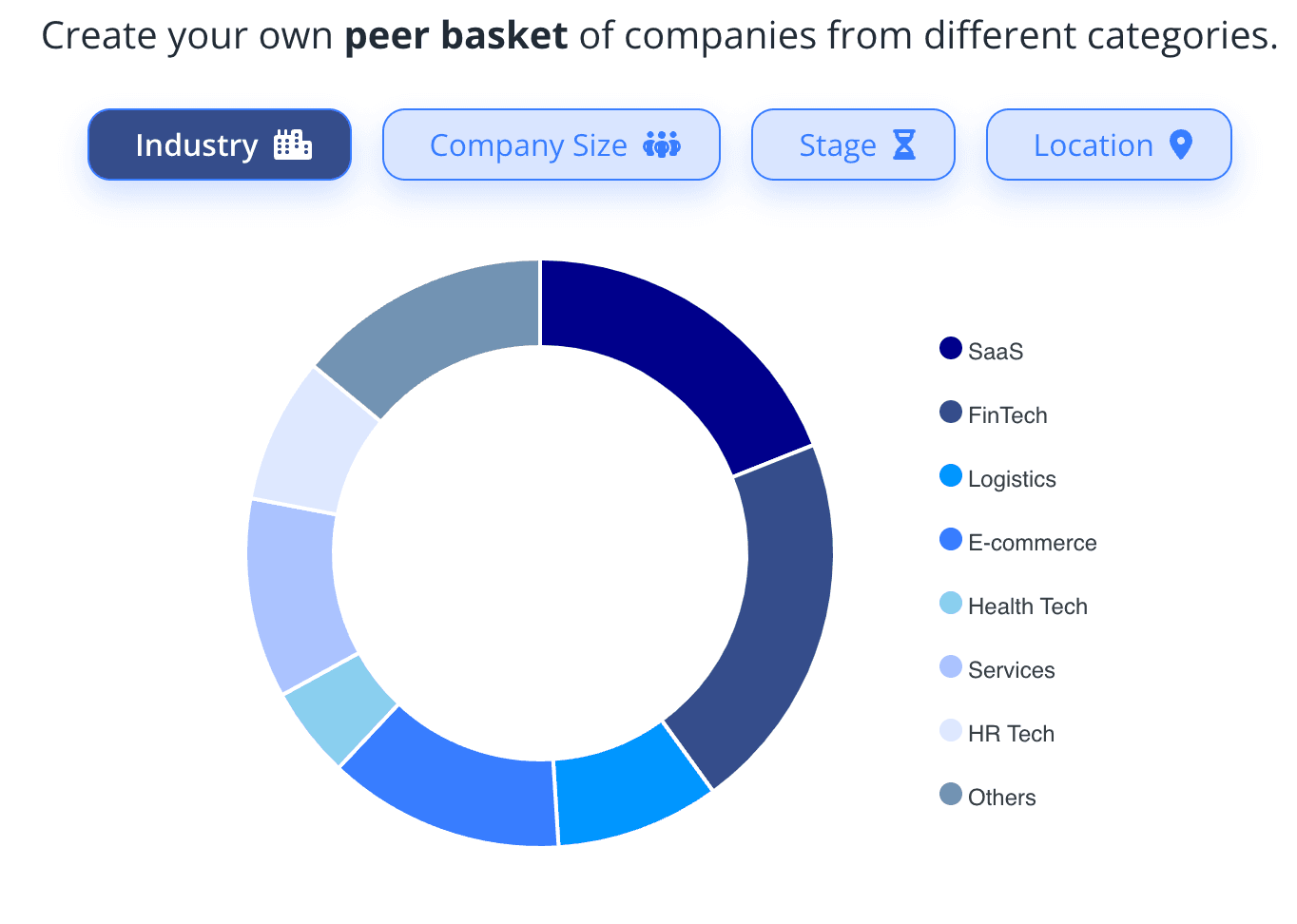
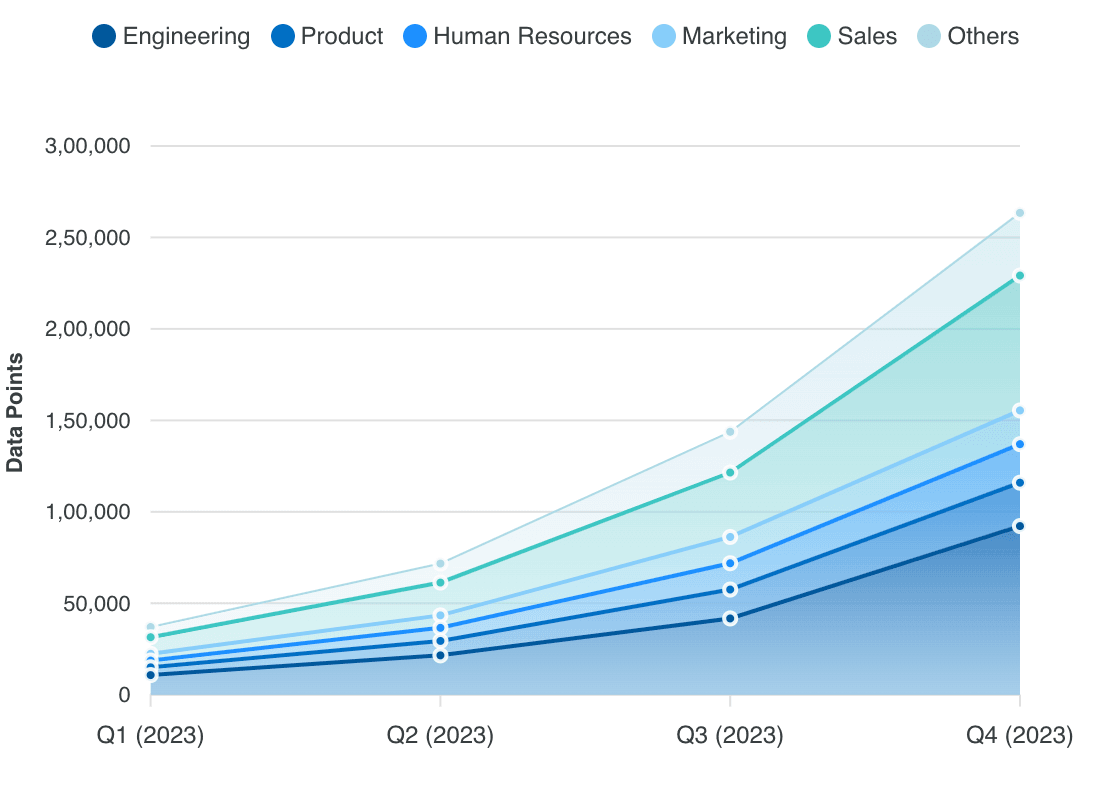
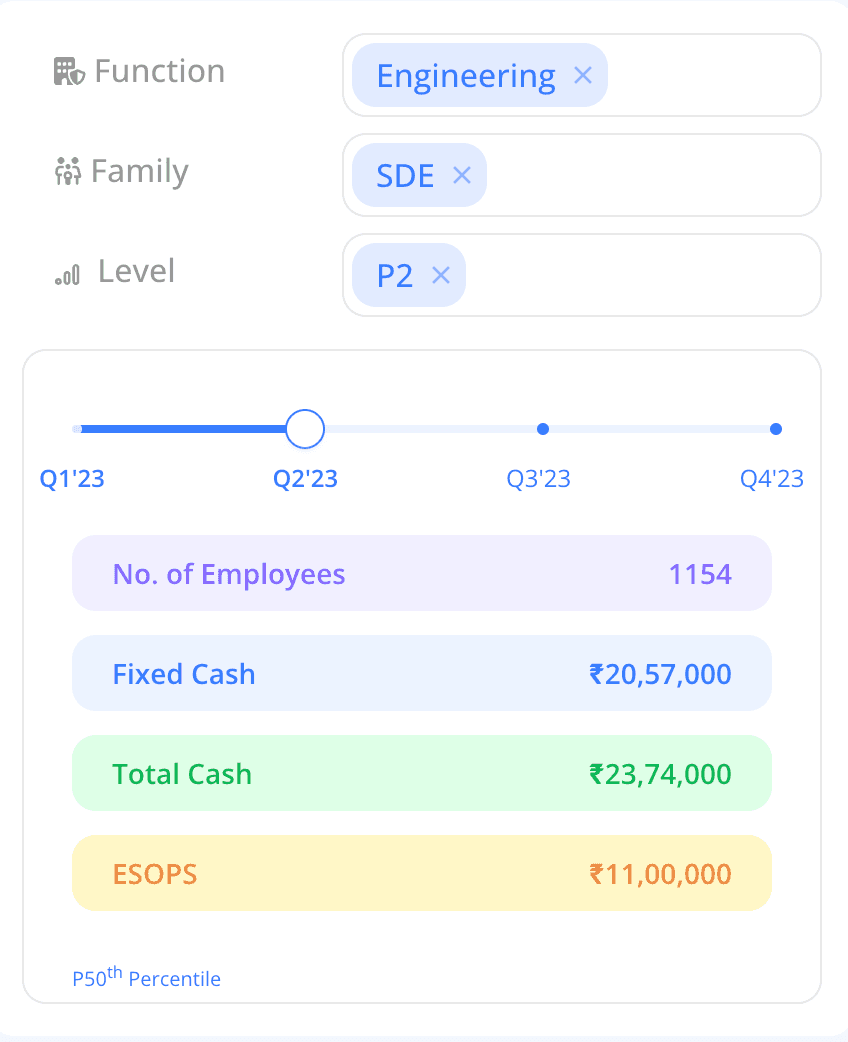
Identify and address pay disparities with targeted filters, ensuring equity and fairness in your compensation structures.
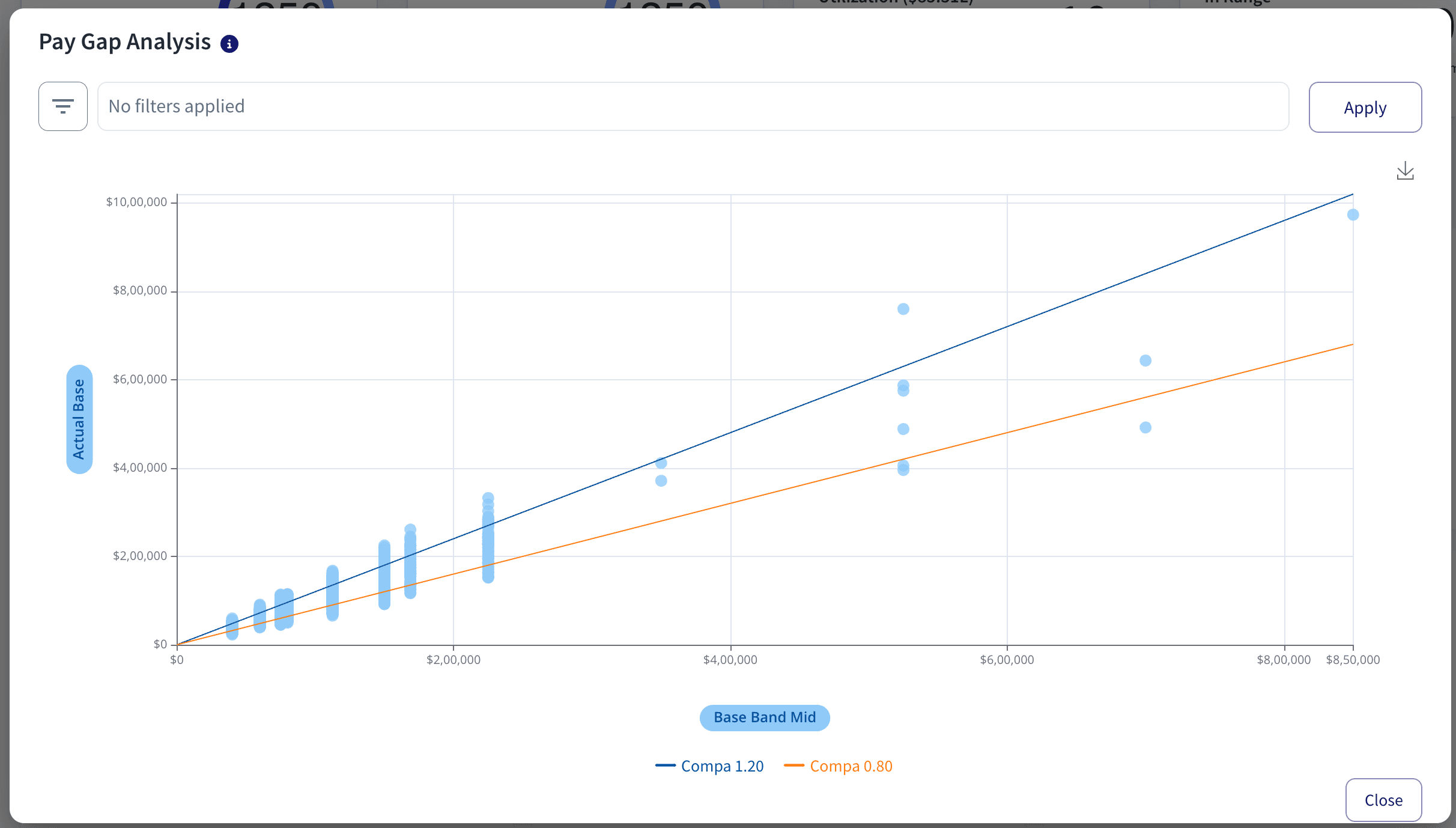
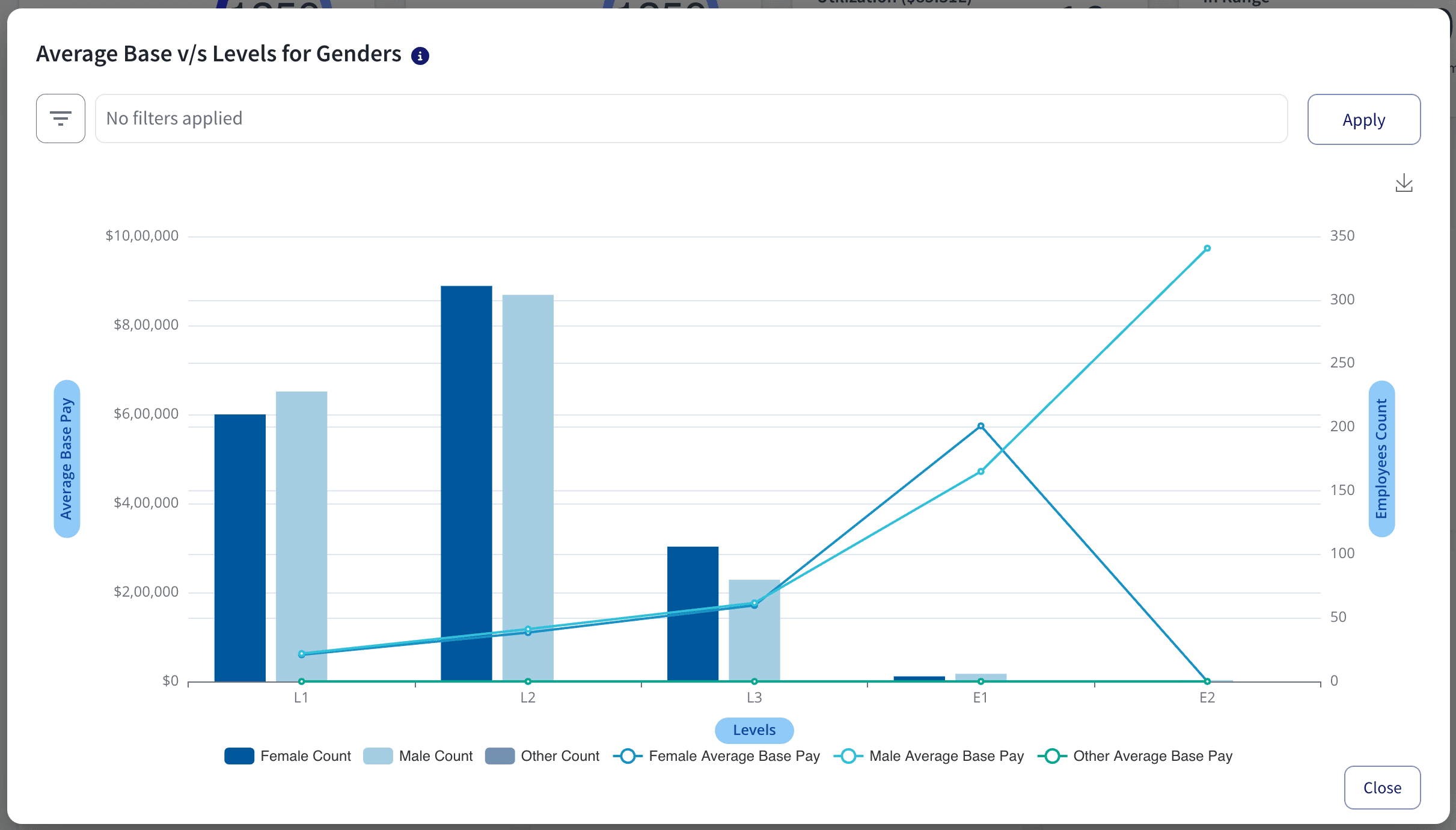
With CompUp, HR leaders can ensure competitive, equitable, and transparent salary practices that drive organizational success.
Ready to transform your compensation strategy? Explore CompUp today and see the difference!
Salary ranges are a critical component of modern compensation programs. When designed and communicated effectively, they promote transparency, fairness, and motivation.
While challenges such as lack of clarity or outdated traditional salary ranges exist, HR leaders can address these issues through proactive communication, market salary surveys, and innovative tools like CompUp. By leveraging salary ranges as a strategic asset, organizations can create a workplace culture rooted in trust, equity, and sustained employee satisfaction.
Revolutionizing Pay Strategies: Don't Miss Our Latest Blogs on Compensation Benchmarking